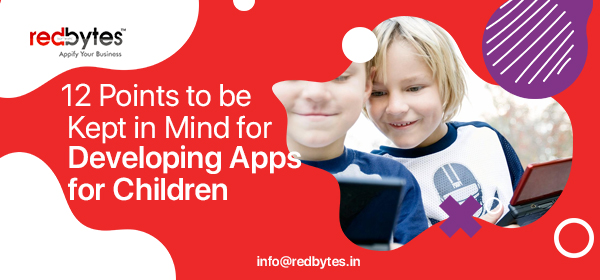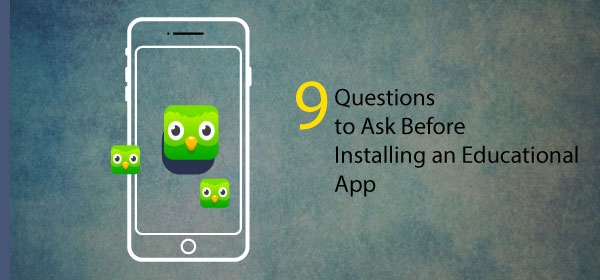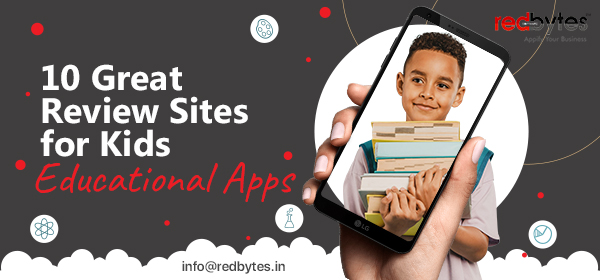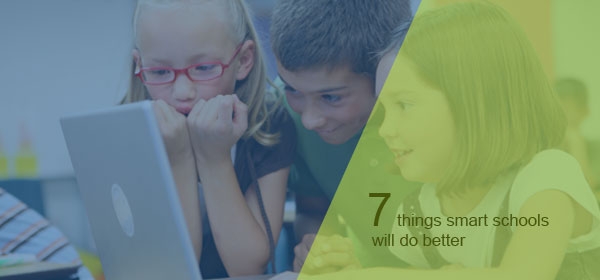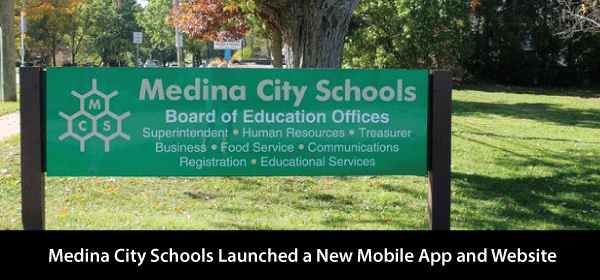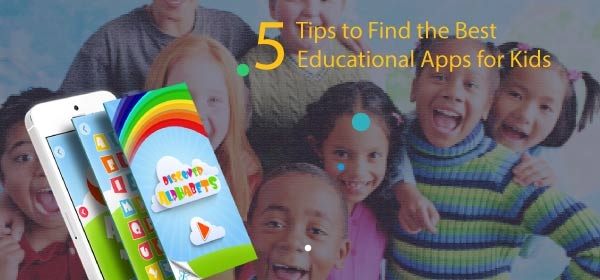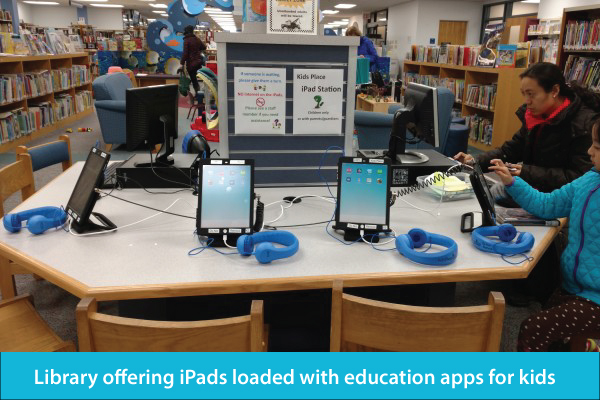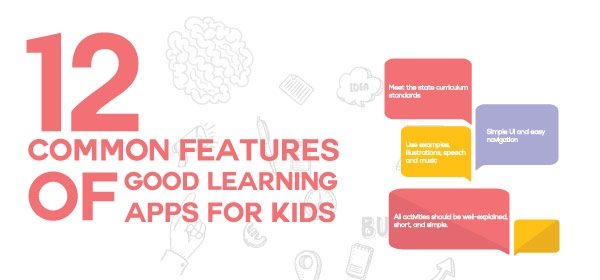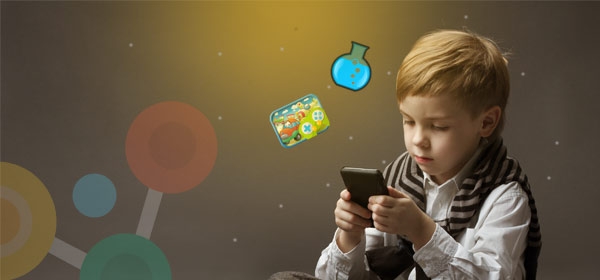The traditional art of learning has witnessed a huge change with the introduction of technology. The old system restricted new changes in the modes and methods of teaching and there was no questioning the supreme authority of teachers.
Modern day teachers are facilitators rather than authoritarians. Also the student status has changed from that of passive listeners to active contributors of self development.
This change in view towards imparting education was accompanied in the last few years by research and growth of the education app development industry.
There are thousands of apps being developed and launched in order to provide assistance to formal education in schools and colleges.
What awaits Education?

We cannot just predict the future of education and learning from plain guesses or draw non-objective conclusions. Education as we know it today had very humble beginnings.
Our reservoir of knowledge in every stream was the result of our predecessors’ continuous effort to innovate and discover.
Later, at least in several countries this process came to a halt, and the only meaning that the word education carried with it for a lot of people became memorizing and retaining what had been memorized.
Read also : Best Educational Apps For Kids
There was no need for innovations or individuality in learning. Curiosity and critical thinking were only required limitedly.
Education app development is a highly demanding task in itself. They should be appropriate to the age group and should match with the curriculum and the needs of each individual child.
So it is important that you contact the right Educational app development company to deliver your apps that will cater to your specific educational needs.
Taking Educational apps to the Future

Nowadays, majority of students in developed countries are smartphone owners. Mobile devices have drifted from luxury items list to essential items list.
It will not be a wonder when in the future, education will be commonly provided through an electronic only medium. Each student will have their own device which is either owned or provided by their institution.
As of now, educational app learning is not intended to be an educational method in itself but rather it is supposed to complement the existing ways. Students can take advantage of learning at their convenience with these apps.
Self-teaching and anytime-learning are all positives of learning with apps. The way students learn is diverse and mobile apps provide this flexibility.
Role of Teachers and Parents
Teachers, parents and students should be aware of the changing trends in the industry. The major ones emerging now is going cloud and being social.
Smart devices with educational apps installed on them have the potential to replace notebooks and textbooks. It will altogether change the prevalent concepts of classrooms and the ways students are taught.

Students and teachers can locate themselves locally or globally and be a member of the same school or university.
Educational apps provide many benefits to students which include convenience and fun elements while learning. As mobile devices overtake computers, could these apps be the future of learning?
Everything is available in a Single Device
In virtual methods, children are expected to start learning when they feel at any time in the day as the notes would be available on the app and you need not have to wait for a class or lecture.
Educational apps promote self-learning as they are handy and provides a wider range of information on a single device.
Organised Learning

Before, learning was documented via paper, extensive files etc. Educational apps, however, allow learning in a smart and systematic way. Files are saved online in an organised manner and are easily accessible for learners.
Apps provide enhanced learning experience for the students as compared to the regular classes. This enables them to take more interest in all the subjects, even the ones which they found boring earlier.
Beneficial For all Users
While educational apps are beneficial to children, parents and teachers can also get benefited from these apps. Teachers can use apps to organise their teaching plans to make classes more interactive. Apps are easy to alter and update, essentially giving users more time to spend on learning.

With the use of cloud technology, information can be stored and retrieved universally. Teachers can share learning aids such as pictures, PDFs, videos, podcasts etc.
Online which can be accessed from the student’s smartphone or tablet. They can also grade their student’s assignments and projects likewise.
Read also : How Much Does it Cost to Build a Website Like Udemy
Education app development holds to be the future in education, where students can learn from anywhere and teachers can teach from anywhere.
Overall, educational apps have certainly improved self-learning, as they are convenient, easy and provide a range of different learning styles, in and out of the classroom. So, definitely education apps can move on to be the future of learning in coming years.
Also Check : Latest Updated Educational Apps Directory List



